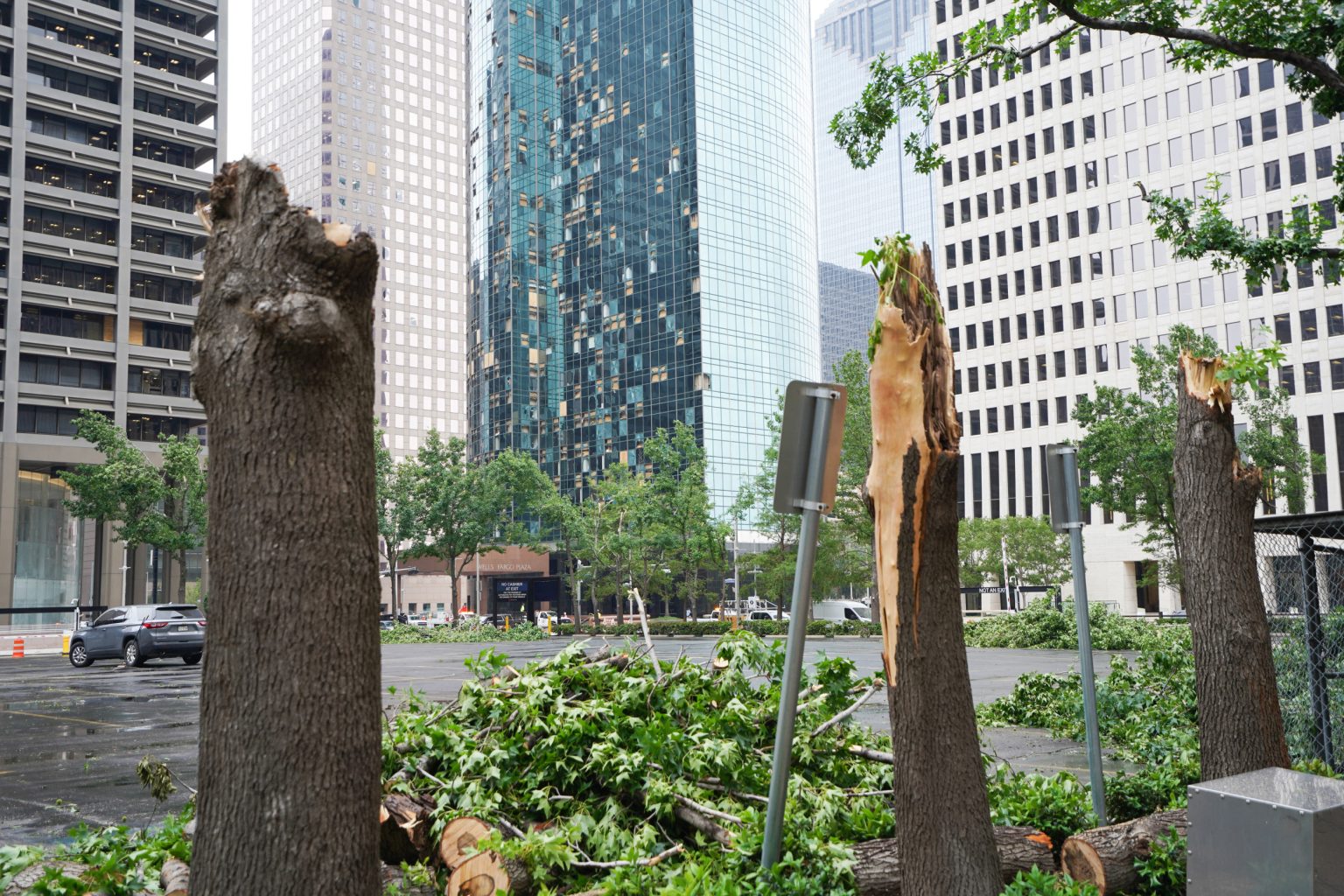Last week, Houston, Texas, was hit by a “derecho,” causing fatalities and billions of dollars in damage. This event exacerbated the already strained insurance system in the state, with insurers hesitant to remain in markets known for frequent natural disasters. Homeowners are facing increasing premiums and policy cancellations, contributing to a potential end to the Sun Belt population boom. Factors such as destructive weather linked to climate change, rising home insurance costs, housing scarcity, and political turmoil are making parts of the Sun Belt less desirable to live in compared to a decade ago.
The Sun Belt, encompassing the southern U.S. region from Florida to Arizona, has attracted Northeastern and Midwestern residents for its affordable housing, low income taxes, and sunny weather. The widespread availability and affordability of air-conditioning also played a role in the region’s appeal. However, with extreme weather events, soaring insurance costs, housing shortages, and divisive politics, parts of the Sun Belt are becoming less attractive places to live. Cities like Austin are experiencing escalating temperatures and rising home prices, making living conditions challenging for residents.
In states prone to natural disasters like hurricanes and tornadoes, such as Florida and the Gulf Coast, homeowners are facing insurance uncertainties and escalating costs. Insurers withdrawing from markets and the lack of sustainable solutions from state governments are leaving residents at risk of being unable to secure insurance coverage for their homes. The increasing frequency and severity of weather-related events caused by climate change, combined with population growth, are projected to lead to higher insurance rates, particularly in the Sun Belt.
The Sun Belt also faces challenges related to conservative politics, with restrictive abortion laws and anti-LGBTQ+ measures in several states. Despite lower income taxes, the authoritarian turn in governance poses obstacles for residents. Regions like the Upper Midwest, characterized by sensible governance, affordable housing, abundant water supplies, and moderate summer temperatures, contrast with the Sun Belt’s political atmosphere and weather conditions. The Upper Midwest is posited as a favorable alternative for those seeking a less tumultuous living environment.
The Upper Midwest, comprising states like Minnesota and Wisconsin, offers a contrast to the challenges facing the Sun Belt. With a focus on sensible governance, affordable housing, plentiful water resources, and moderate summer temperatures, the region provides an appealing alternative for those seeking a more stable and livable environment. The author suggests that residents of the Sun Belt may find refuge in the Upper Midwest, where government policies are more aligned with their preferences and living conditions are less extreme.
In summary, the Sun Belt region is experiencing challenges such as extreme weather events, rising insurance costs, housing shortages, and conservative politics. These factors contribute to making the region less attractive for residents seeking a stable and affordable living environment. The Upper Midwest is presented as a contrasting option, offering sensible governance, affordable housing, ample water resources, and moderate weather conditions that may appeal to those disenchanted with the challenges facing the Sun Belt.


